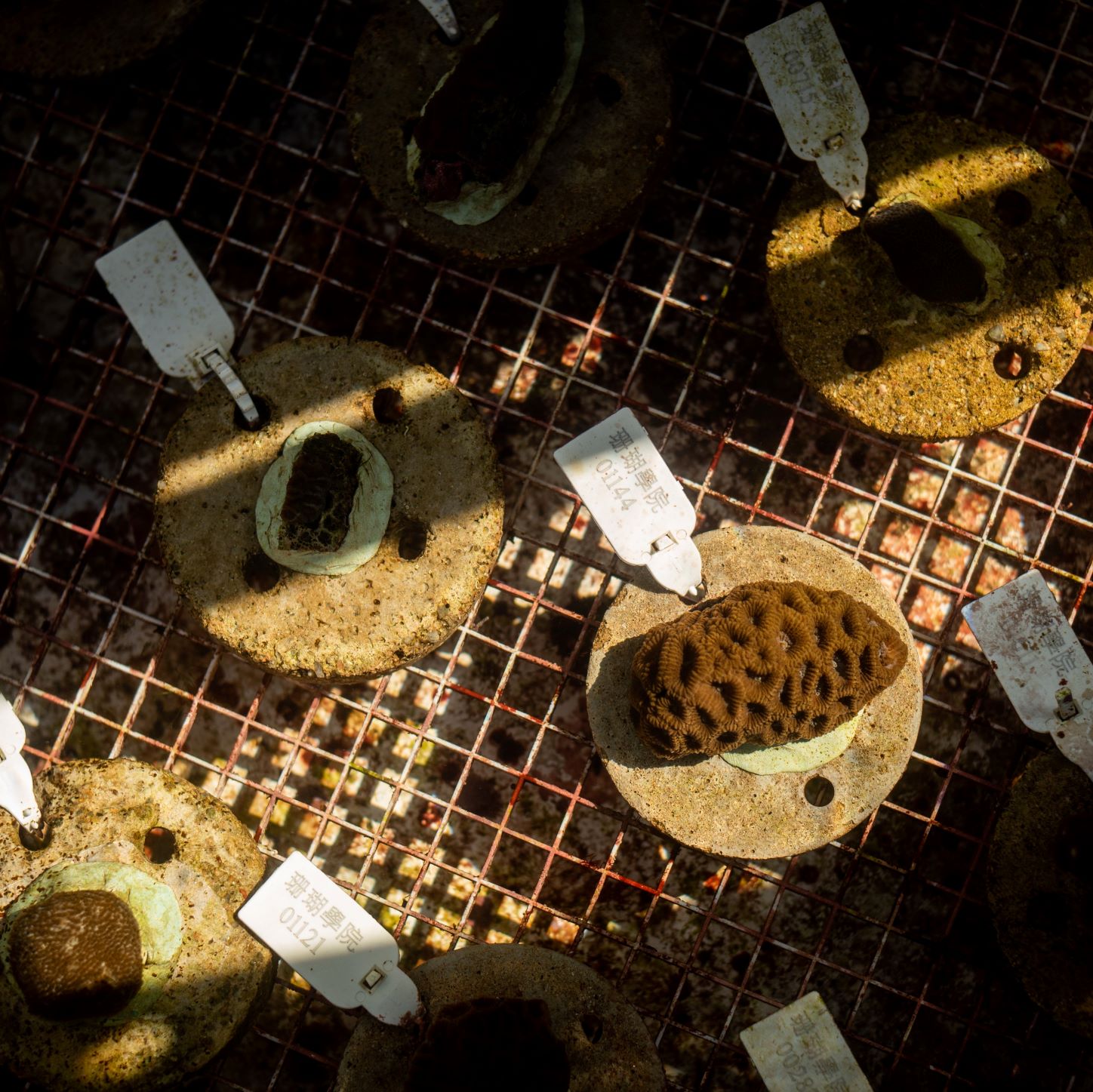
“Bleached corals are not dead,” says Apple. Corals get most of their bright colours from zooxanthellae, which live in a mutually beneficial relationship with coral polyps by producing food for corals. In the documentary Chasing Coral highly recommended by Apple, a scholar describes such mutualism this way, “They (corals) essentially have food factories living inside of themselves”. Corals expel the zooxanthellae that live inside them when sea temperature increases, leaving only the transparent coral polyps and white coral skeletons. This is called coral bleaching.
<p “=””>Apple emphasises that bleaching corals are losing most of their food sources, but if the environment improves soon enough for zooxanthellae to return, corals can recover from bleaching. If unfavourable conditions persist, however, corals may die or are more at risk of diseases.
Original text in Chinese:Kary Wong@ORKTS
***
Not yet a subscriber? !Do it now!
Curated by InnoPort Team, one email to feed you the hottest info and story from the innovation universe — CUHK and beyond!
***
Where Ideas Root and Flourish



